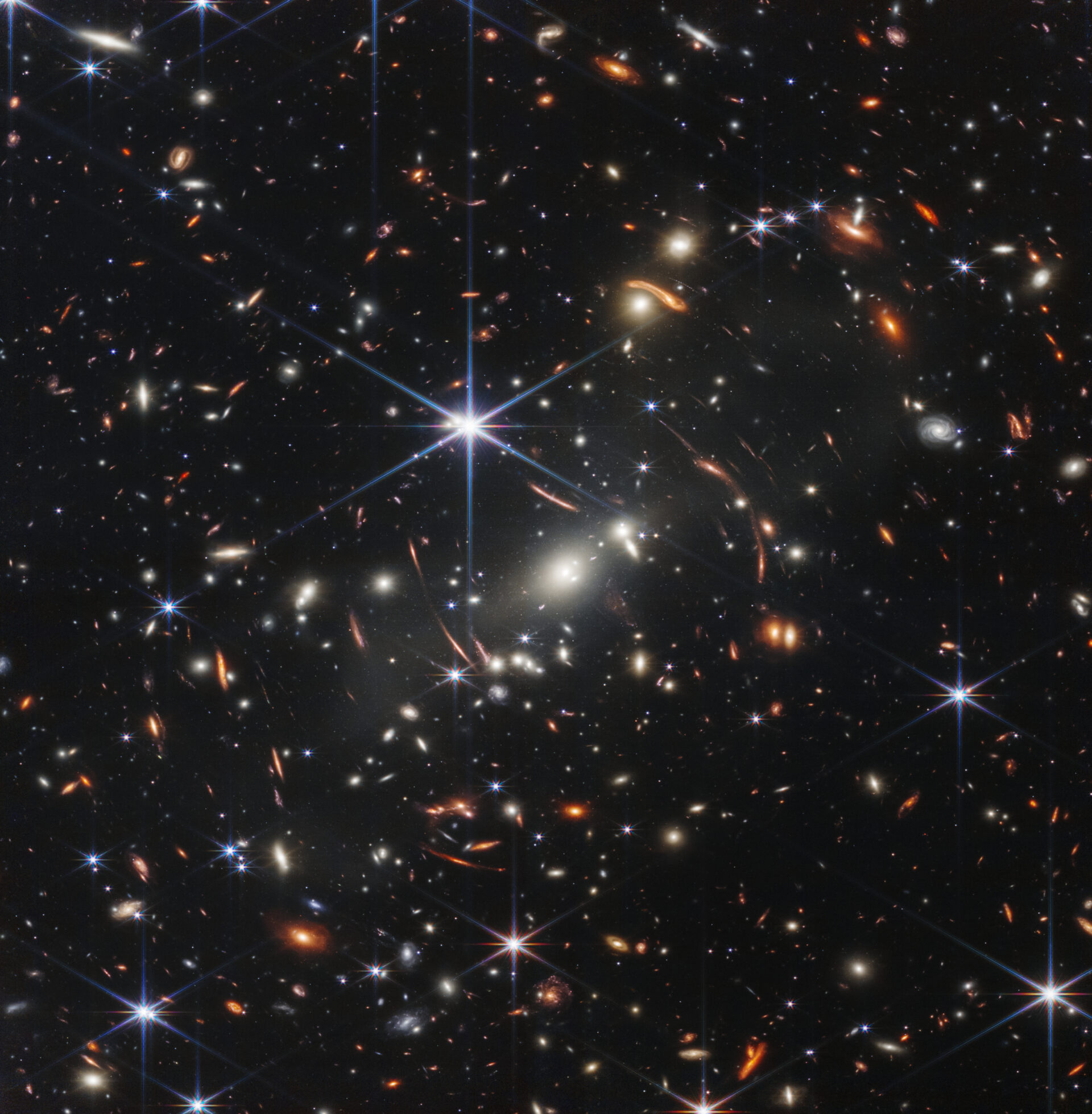The universe has been expanding since its birth due to the Big Bang that occurred 13.7 billion years ago. During the first 8 billion years, the rate of expansion was relatively stable because it was held back by the force of gravity. However, astronomers have determined that about 5 billion years ago, the rate of expansion began to accelerate.

To explain this unexpected phenomenon, a hypothesis was put forward about a mysterious force responsible for accelerating the expansion of the Universe – dark energy. But not all scientists agreed with this theory. Critics of dark energy insisted that only gravity was responsible for the expansion, which could change over time. This is a rather controversial hypothesis that casts doubt on Einstein’s General theory of Relativity. Moreover, the last was confirmed in many ways. Where is the truth?
Disagreement in views
Einstein’s General theory of Relativity, which he completed in 1915, describes how the curvature of space-time changes under the influence of gravity. For more than a century, this theory has accurately predicted almost everything in our universe: from Mercury’s orbit and gravitational lensing to the existence of black holes.
For almost half a century, no one questioned Einstein’s General theory of Relativity. But between the 1960s and the 1990s, two disagreements were discovered that made astronomers wonder if Einstein was wrong. First, astronomers have noticed that the gravitational effects of massive structures such as galaxies and galaxy clusters are inconsistent with their observed mass.
The disagreement gave rise to the theory that space is filled with an invisible mass interacting with matter known to us through the force of gravity. Meanwhile, the observed accelerated expansion of space gave rise to the theory of dark energy and the cosmological model of lambda-cold dark matter (Lambda-CDM model). Cold dark matter is an interpretation where this mass consists of large slow moving particles, whereas Lambda–CDM represents dark energy. Theoretically, these two forces make up 95% of the total mass and energy content in the universe, but all attempts to find direct evidence for them have failed.
Another confirmation of Einstein’s theory
According to a new study by the international collaboration Dark Energy Survey (DES), the nature of gravity has remained unchanged throughout the history of the universe. The results of the three-year study were presented at the COSMO’22 International Conference, held in Rio de Janeiro from August 22 to 26.
To find out the truth, DES members used the 4-meter Victor Blanco Telescope at the Cerro Tololo Observatory in Chile to observe galaxies up to 5 billion light-years away. Scientists hoped to determine whether gravity had changed over the past 5 billion years. They also got acquainted with data from other telescopes, including the Planck ESA satellite, which has been mapping the cosmic microwave background (CMB) since 2009.
They paid close attention to how the images contained subtle distortions due to dark matter, which created the effect of a gravitational lens. As the first image published by the James Webb Space Telescope (JWST) showed, scientists can determine the force of gravity by analyzing the degree of image distortion.

In total, the DES team measured the shapes of more than 100 million galaxies. All observations turned out to be consistent with the predictions of the General Theory of Relativity, which once again confirmed Einstein’s correctness. But scientists have not yet managed to solve the mystery of dark energy.
Earlier we reported how Stephen Hawking’s main paradox about black holes was solved earlier.
According to Physical Review
Follow us on Twitter to get the most interesting space news in time
https://twitter.com/ust_magazine

